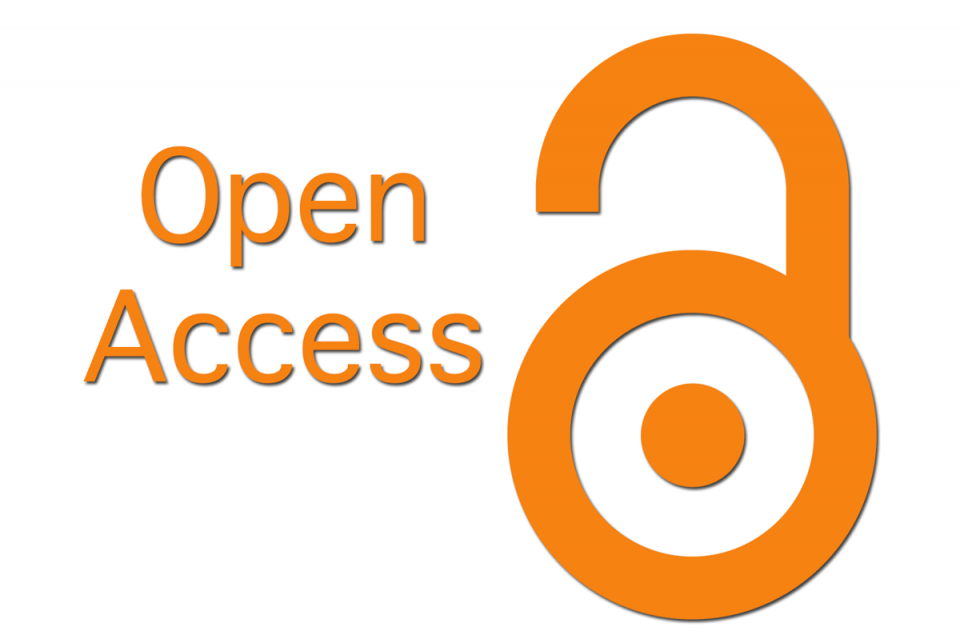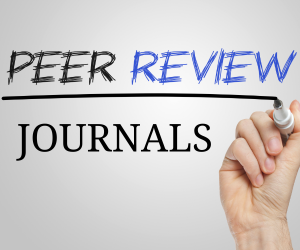History of Traditional Chinese Medicine
Abstract
Traditional Chinese medicine (TCM) is considered as one of the world’s oldest systems of medicine, originated out of the need for treating ailing patients. Compared to western medicines or many other alternatives TCM has many unique features such as its based on abstract ideas, it is complete and rational that follows prognosis and prevention. Traditional Chinese medicine can be used to treat all types of illnesses people can encounter. At the beginning of the traditional Chinese medicine system the knowledge was transferred verbally to the disciples or the family members, but as the time progressed the knowledge was systematically summarized and handed down in the form of medical treaties. The Yellow Emperor’s Internal Medicine being first of these treaties which dates back to 800 B.C., a textbook that is still referred my many traditional Chinese practitioners. Traditional Chinese medicine has been developing since it started and still it is one of the important healthcare systems for the people of China. This review article provides an overview over the history of traditional Chinese medicine, as it has evolved over the last 5000 years.
Downloads
References
Asiado, T. (n.d.). *Historicity of Shennong*. EdibleWildFood.com. Retrieved from [https://www.ediblewildfood.com/bios/shennong.aspx](https://www.ediblewildfood.com/bios/shennong.aspx)
Beijing Digital Museum of TCM. (n.d.). *The Song Dynasty (960~1279)*. Retrieved from [http://en.tcm-china.org/art/2012/12/18/art_3282_69184.html](http://en.tcm-china.org/art/2012/12/18/art_3282_69184.html)
ChinaCulture.org. (n.d.). *Jianzhen*. Retrieved from [http://en.chinaculture.org/library/2008-02/04/content_25119.htm](http://en.chinaculture.org/library/2008-02/04/content_25119.htm)
Dinallo, A. (2019). *A reflection on cupping therapy and historical medical dominance*. International Journal of Complementary and Alternative Medicine, 12, 66-68. [https://doi.org/10.15406/ijcam.2019.12.00450](https://doi.org/10.15406/ijcam.2019.12.00450)
Falun Dafa. (2020). *Plague and Fate of the Ming Dynasty*. Minghui.org. Retrieved from [https://en.minghui.org/html/articles/2020/2/5/183105.html](https://en.minghui.org/html/articles/2020/2/5/183105.html)
Hanson, M.E. (2006). *Northern purgatives, southern restoratives: Ming medical regionalism*. Asian Medicine, 2(2), 115-170. [https://doi.org/10.1163/157342106780684657](https://doi.org/10.1163/157342106780684657)
Huang, Y., & Liang, Y. (2019). *Wei Yilin*. Journal of Traditional Chinese Medical Sciences, 6(1), 1-2. [https://doi.org/10.1016/j.jtcms.2019.03.001](https://doi.org/10.1016/j.jtcms.2019.03.001)
Jaeger, S. (2012). *A geomedical approach to Chinese medicine: the origin of the Yin-Yang symbol*. In Recent Advances in Theories and Practice of Chinese Medicine (pp. 29-44). BoD – Books on Demand. Retrieved from [https://lhncbc.nlm.nih.gov/LHCpublications/PDF/pub8968.pdf](https://lhncbc.nlm.nih.gov/LHCpublications/PDF/pub8968.pdf)
Jinhua, J. (2015). *Longevity Technique and Medical Theory: The Legacy of the Tang Daoist Priestess-Physician Hu Yin*. Monumenta Serica, 63(1), 1-31. [https://doi.org/10.1179/0254994815Z.0000000001](https://doi.org/10.1179/0254994815Z.0000000001)
Kuo, C.-H.P. (2015). *The Qing Dynasty and Traditional Chinese Culture by Richard J. Smith*. China Review International, 22(1), 68-70. [https://doi.org/10.1353/cri.2015.0011](https://doi.org/10.1353/cri.2015.0011)
Li, M., & Liang, Y. (2015). *Sun Simiao, super physician of the Tang Dynasty*. Journal of Traditional Chinese Medical Sciences, 2(2), 69-70. [http://dx.doi.org/10.1016/j.jtcms.2016.01.005](http://dx.doi.org/10.1016/j.jtcms.2016.01.005)
Li, M., & Liang, Y. (2016). *Li Gao, Great master of tonifying earth (phase)*. Journal of Traditional Chinese Medical Sciences, 4(3), 199-200. [http://dx.doi.org/10.1016/j.jtcms.2017.03.001](http://dx.doi.org/10.1016/j.jtcms.2017.03.001)
Liang, Y., Salim, A.M., Wu, W., & Kilgore, P.E. (2016). *Chao Yuanfang: Imperial Physician of the Sui Dynasty and an Early Pertussis Observer?* Open Forum Infectious Diseases, 3(1), ofw017. [https://doi.org/10.1093/ofid/ofw017](https://doi.org/10.1093/ofid/ofw017)
Sapaviva. (n.d.). *Li Shizhen*. Retrieved from [https://www.sapaviva.com/li-shizhen/](https://www.sapaviva.com/li-shizhen/)
Schottenhammer, A. (2013). *Huihui Medicine and Medicinal Drugs in Yuan China*. In Eurasian Influences on Yuan China (pp. 75-102). ISEAS Publishing. [https://doi.org/10.1355/9789814459730-007](https://doi.org/10.1355/9789814459730-007)
Sutori. (n.d.). *History of Chinese Herbal Medicine*. Retrieved from [https://www.sutori.com/en/story/history-of-chinese-herbal-medicine--DoHWG26ctJgXDu7HUC9hJozZ](https://www.sutori.com/en/story/history-of-chinese-herbal-medicine--DoHWG26ctJgXDu7HUC9hJozZ)
TCM History. (n.d.). *The Three Kingdoms to the Northern & Southern Dynasties*. Retrieved from [http://www.shen-nong.com/eng/history/three.html](http://www.shen-nong.com/eng/history/three.html)
Tubbs, R.S., Riech, S., Verma, K., Chern, J., Mortazavi, M., et al. (2011). *China's first surgeon: Hua Tuo (c. 108-208 AD)*. Child's Nervous System, 27(9), 1357-1360. [https://doi.org/10.1007/s00381-011-1423-z](https://doi.org/10.1007/s00381-011-1423-z)
Unschuld, P.U. (1999). *The past 1000 years of Chinese medicine*. The Lancet, 354(Suppl), Siv9. [https://doi.org/10.1016/s0140-6736(99)90352-5](https://doi.org/10.1016/s0140-6736(99)90352-5)
Veith, I. (1949). *The yellow emperor's classic of internal medicine* (1st ed.). Baltimore: The Williams & Wilkins Co.
Zhang, D.P. (2007). *[Chen Shigong's contributions to the history of TCM surgery]*. Zhonghua Yi Shi Za Zhi, 37(2), 80-83. Retrieved from [https://pubmed.ncbi.nlm.nih.gov/17877891/](https://pubmed.ncbi.nlm.nih.gov/17877891/)
Zhao, Z., Guo, P., & Brand, E. (2018). *A concise classification of bencao (materia medica)*. Chinese Medicine, 13(1), 18. [https://doi.org/10.1186/s13020-018-0176-y](https://doi.org/10.1186/s13020-018-0176-y)
Downloads
Published
Issue
Section
License
You are free to:
- Share — copy and redistribute the material in any medium or format for any purpose, even commercially.
- Adapt — remix, transform, and build upon the material for any purpose, even commercially.
- The licensor cannot revoke these freedoms as long as you follow the license terms.
Under the following terms:
- Attribution — You must give appropriate credit , provide a link to the license, and indicate if changes were made . You may do so in any reasonable manner, but not in any way that suggests the licensor endorses you or your use.
- No additional restrictions — You may not apply legal terms or technological measures that legally restrict others from doing anything the license permits.
Notices:
You do not have to comply with the license for elements of the material in the public domain or where your use is permitted by an applicable exception or limitation .
No warranties are given. The license may not give you all of the permissions necessary for your intended use. For example, other rights such as publicity, privacy, or moral rights may limit how you use the material.







